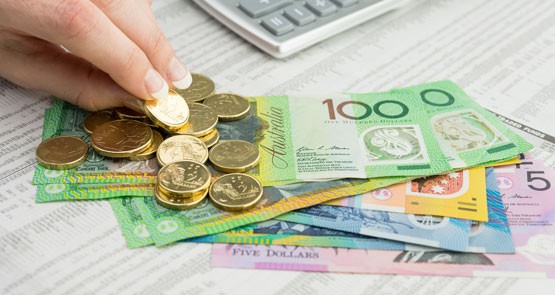
Higher spending by consumers and government and a rebound in activity in service sectors like tourism and education led the Australian economy to record its best growth in five years in 2015 — undermining claims from naysayers that the economy was sliding sideways. The fourth-quarter performance was demonstrably better than the US, UK, many eurozone economies, NZ, China, Japan and Canada
Growth for the year was a higher-than-forecast 3%, just under the 3.1% growth recorded in calendar 2011 and back to around trend, following a surprisingly strong performance in the December quarter and a big upgrade to the GDP result for the three months to September. The Australian Bureau of Statistics reported this morning that growth was a seasonally adjusted 0.6% in the fourth quarter, while growth in the September quarter was boosted from the already solid 0.9% to 1.1%.
The result was powered by a surge in domestic consumption by households, and strong government spending in the quarter, which offset the expected negative impact of the dying embers of the resources investment boom. Imports and exports cancelled themselves out. The surge in domestic consumption was helped by households running down savings; the savings ratio fell to 7.6% in the quarter from 9.1% in the three months to September, and 9.0% in the December 2014 quarter. The terms of trade fell 3.2% in the quarter and 12.0% through the year.
“The growth in Household final consumption was reflected in the service industries of Information, media and telecommunications (2.7 per cent), and Retail trade (1.0 per cent),” according to the ABS. “Other industries that had significant growth were Rental, hiring and real estate (2.8 per cent) and Wholesale trade (1.6 per cent).”
The result means the economy seems to be much closer to completing the long-awaited transition from the mining investment boom to a more broad, domestic-based set of drivers, on top of solid exports despite declining terms of trade. The data will pose a quandary for much of the economic commentariat who have been forecasting more rate cuts, especially given serious questions about the direction of the global economy. They will have to start thinking about whether rates will now be on hold, or even when the RBA might lift rates (the dollar jumped back over 72 US cents late this morning).
It also means that the historically high level of government spending — the Coalition is currently spending 25.9% of GDP, much higher than the level it inherited from Labor and only just shy of the spending Kevin Rudd ordered to shield the economy from the GFC — now looks incongruous. A return to trend growth suggests that the policy of the Gillard, Abbott and Hockey governments, of keeping a sizeable deficit in order to prevent the economy from slipping into a downturn, may now need to be revised, and substantially.







Hopefully for the sake of Australian Citizens we may yet find the elites backing the sorts of expenditure cuts necessary for our future well-being.
Norman
Who are the elites or are you just cropping on as usual?
After you’ve managed to get on top of the work you have arising from your efforts on other threads, anonymous browser, should you still need assistance on this issue, don’t hesitate to let the readers know.
“It also means that the historically high level of government spending —…now looks incongruous.”
I might wait for another quarter’s data before agreeing with that.
How wonderful that we’ve found the economic equivalent of Perpetual Motion – taking in each others’ laundry.